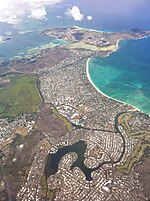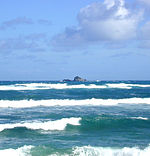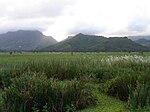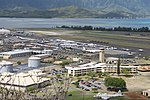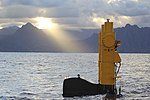Plantation Estate
1946 establishments in HawaiiBarack ObamaHouses completed in 1946Houses in Honolulu County, Hawaii
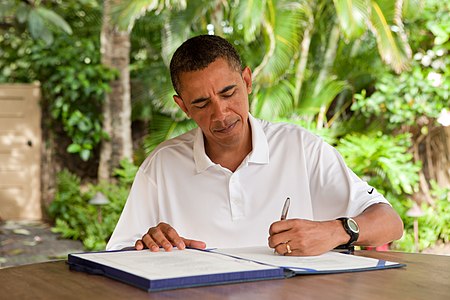
Plantation Estate is a single-story, wood-frame, 5,000-square-foot (460 m2) Pacific Ocean-front house at 57 Kailuana Place in Kailua, Honolulu County, Hawaii, which former President Barack Obama rented for use during his Christmas vacations from 2008 to 2016. The house is less than one mile (1.6 km) south of the Marine Corps Base Hawaii. Obama exercised at the Semper Fit Center at the base and attended dinners there during his visits. He also swam in the ocean at the base of Pyramid Rock.
Excerpt from the Wikipedia article Plantation Estate (License: CC BY-SA 3.0, Authors, Images).Plantation Estate
Kailuana Place, Kailua
Geographical coordinates (GPS) Address Nearby Places Show on map
Geographical coordinates (GPS)
| Latitude | Longitude |
|---|---|
| N 21.422954 ° | E -157.744027 ° |
Address
Kailuana Place 39
96734 Kailua
Hawaii, United States
Open on Google Maps

